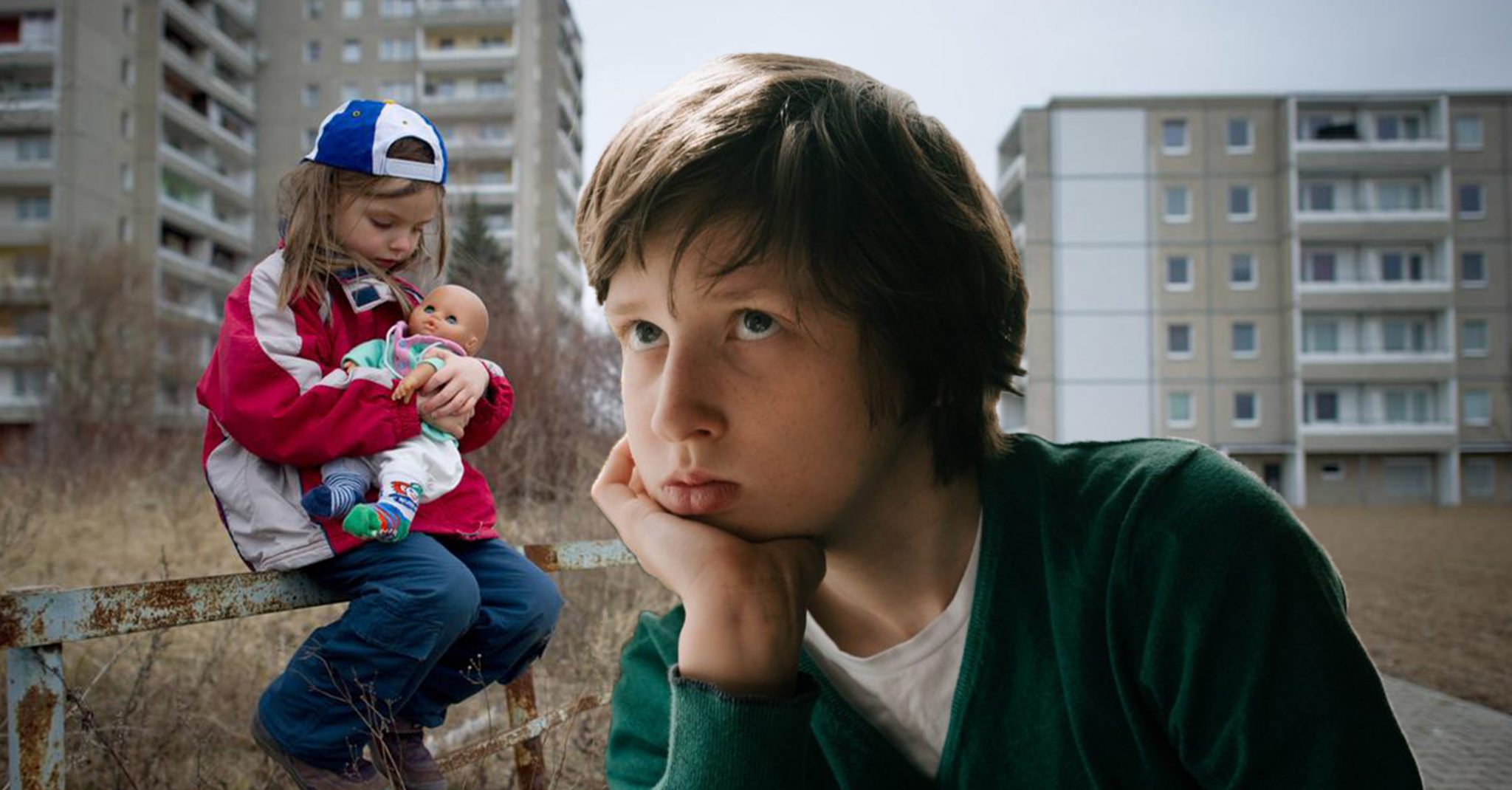In June the EU social ministers launched a “child guarantee” to protect children from social exclusion and poverty. Social Minister Wolfgang Mückstein (Greens) has now started implementing this European guarantee for children in Austria. Volkshilfe welcomes the project, but would like Austria to implement basic child protection – and thus create a lighthouse project in Europe.
Even before the pandemic and its economic consequences, one in four children in the European Union was affected by poverty and exclusion. The 2018 figures were particularly high in Romania (38.1%), Bulgaria (33.7%), Greece (33.3%) and Italy (30.6%). In Greece and Italy, the policy of cutting child poverty (“austerity”) after the economic crisis in 2010 is evident. But Austria, too, in 2018, with 21.6 percent of children at risk of poverty or social exclusion in the EU, was well behind countries such as Slovenia (13.1 percent), the Czech Republic (13.2 percent), the Netherlands (15.2), Denmark ( 15.2) or Finland (16.0).
Healthy nutrition, adequate housing and education for all children
With the European Guarantee for Children, an instrument for the Europe-wide fight against child poverty is now to be created. The child guarantee is part of the action plan to implement the European pillar “Social Rights”. Its aim is to drastically reduce the numbers of poverty and exclusion in the EU. In a nutshell, the aim is to improve access to health care and education, but also to ensure healthy nutrition and good living space for all children.
Specifically, the benefits requested by the European Child Guarantee become the following guarantees for all children:
- effective and free access to early childhood care, education and upbringing, educational offers and school-related activities
- at least one healthy meal per school day
- Health care and effective access to healthy food and adequate housing.
No binding character
The child guarantee is not aimed solely at children and young people at risk of poverty and exclusion, for all children in EU countries. The measures to implement the child guarantee are to be financed from the budget of the European Social Fund (ESF +) and funds from the European Regional Development Fund (ERDF). Each member state should use at least five percent from the social fund for the child guarantee. The fund has a total of 88 billion euros; Austria has around 900 million euros available for the years 2021-2027. Only a part of it will be available for the child guarantee, and many other projects (such as “Active Aging” or “Lifelong Learning”) will be kept out of the pot.
The European Child Guarantee is not binding, it is only a “recommendation” of the EU and not a regulation. The Austrian government already has that Pediatrician Klaus Vavrik nominated as national coordinator for the implementation of the child guarantee. Now a concrete action plan has to be drawn up for the implementation of the necessary measures by 2030. The EU Commission monitors the implementation of the measures in the context of the European Semester.
That is far from being enough in the fight against child poverty
This initiative is to be welcomed and the objectives are a good basis for combating child poverty. The challenges are particularly great for those member states whose at-risk-of-poverty rates are well above the EU average of 22.5 percent (2019). The Commission calls on member states to provide their financial resources to combat child poverty or to implement the child guarantee. The willingness of the member states and their unlimited possibilities also form the basis for the EU proposal. That puts a strain on states whose economic resources are low. In addition, the child guarantee includes many benefits that should be available for all children and adolescents – it is not necessarily geared towards the particular challenges of children and adolescents affected by poverty.
In Austria, the level of welfare state benefits is significantly higher than in countries where child poverty is particularly high. At the same time, in Austria, one of the richest countries in the EU, more than 350,000 children and young people are at risk of poverty and exclusion. Poverty and exclusion affect all areas of life and make children’s lives worse. You need cultural participation, including school trips, music school, tutoring or a language stay. The health risks from poverty that have been documented several times for these children must be reduced – through therapy places on sick leave, projects to increase health literacy and dental and oral health.
In addition to the committed implementation of the European child guarantee, Austria therefore needs to introduce a basic child protection scheme that will largely free all children and young people in Austria from poverty and exclusion. In the Volkshilfe model, a basic amount of 200 euros per month is provided for each child; At first glance, this model, which is utopian, is a realistic possibility on closer inspection (and calculation): The costs for the nationwide implementation in Austria would amount to around 2 billion euros. An affordable amount and an investment for more equality. Austria could start a lighthouse project within the European Union and be the first country to actually overcome child poverty.
We research and review the content and facts in our posts. Still found a mistake? Please send us a message.

